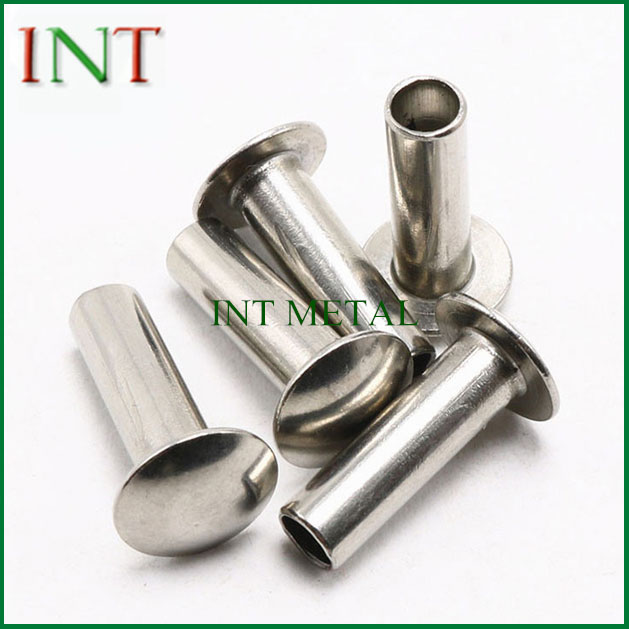Choosing Strength: Factors to Consider When Selecting Hollow Steel Rivets for Your Application
2024-05-10
In the intricate world of manufacturing and construction, the choice of fasteners can significantly impact the performance, reliability, and longevity of assembled structures or components. When it comes to selecting the appropriate hollow steel rivet for a particular application, several factors must be carefully considered to ensure optimal results. Let's explore the key considerations that manufacturers and engineers should keep in mind when choosing hollow steel rivets for their projects.
1. Load Requirements:
The first factor to consider when selecting hollow steel rivets is the anticipated load or stress that the joint will be subjected to during operation. This includes both static and dynamic loads, as well as factors such as vibration, impact, and thermal expansion. By understanding the load requirements, engineers can choose rivets with the appropriate strength, size, and configuration to ensure reliable performance under all operating conditions.
2. Material Compatibility:
Hollow steel rivets are available in a variety of steel alloys, each offering unique properties and performance characteristics. When selecting rivets for a particular application, it's essential to consider the compatibility of the rivet material with the materials being joined. Factors such as galvanic corrosion, thermal expansion, and material hardness should be taken into account to prevent compatibility issues that could compromise the integrity of the joint over time.
3. Environmental Conditions:
The environmental conditions in which the assembly will operate can have a significant impact on the performance and longevity of hollow steel rivets. Factors such as temperature extremes, moisture exposure, chemical exposure, and UV radiation should be considered when selecting rivets. Specialized coatings, surface treatments, or material compositions may be required to ensure optimal corrosion resistance and durability in harsh environments.
4. Joint Accessibility:
The accessibility of the joint being assembled is another important consideration when selecting hollow steel rivets. In applications where access is limited or restricted, such as tight spaces or overhead installations, special rivet configurations or installation techniques may be required to ensure proper assembly. Engineers should assess the accessibility of the joint and choose rivets that can be installed efficiently and securely in the available space.
5. Installation Method:
The method of rivet installation is another factor to consider when selecting hollow steel rivets for a particular application. Depending on the assembly process and available equipment, engineers may choose rivets that can be installed using hand tools, pneumatic riveters, or automated riveting machines. Factors such as installation speed, precision, and cost should be taken into account when selecting the appropriate rivet installation method.
6. Aesthetic Requirements:
In applications where appearance is important, such as consumer products or architectural structures, the aesthetic characteristics of hollow steel rivets should be considered. Engineers may choose rivets with specific head styles, finishes, or surface treatments to achieve the desired visual impact while maintaining structural integrity and performance.
7. Regulatory Compliance:
Finally, when selecting hollow steel rivets for a particular application, it's essential to ensure compliance with relevant industry standards, codes, and regulations. Engineers should verify that the chosen rivets meet the required specifications and performance criteria set forth by regulatory authorities, ensuring safety, reliability, and legal compliance.
In conclusion, selecting the appropriate hollow steel rivet for a particular application requires careful consideration of factors such as load requirements, material compatibility, environmental conditions, joint accessibility, installation method, aesthetic requirements, and regulatory compliance. By taking these factors into account and collaborating with experienced rivet manufacturers, engineers can choose rivets that deliver optimal performance, reliability, and longevity in their assemblies, ensuring success in today's competitive marketplace.



